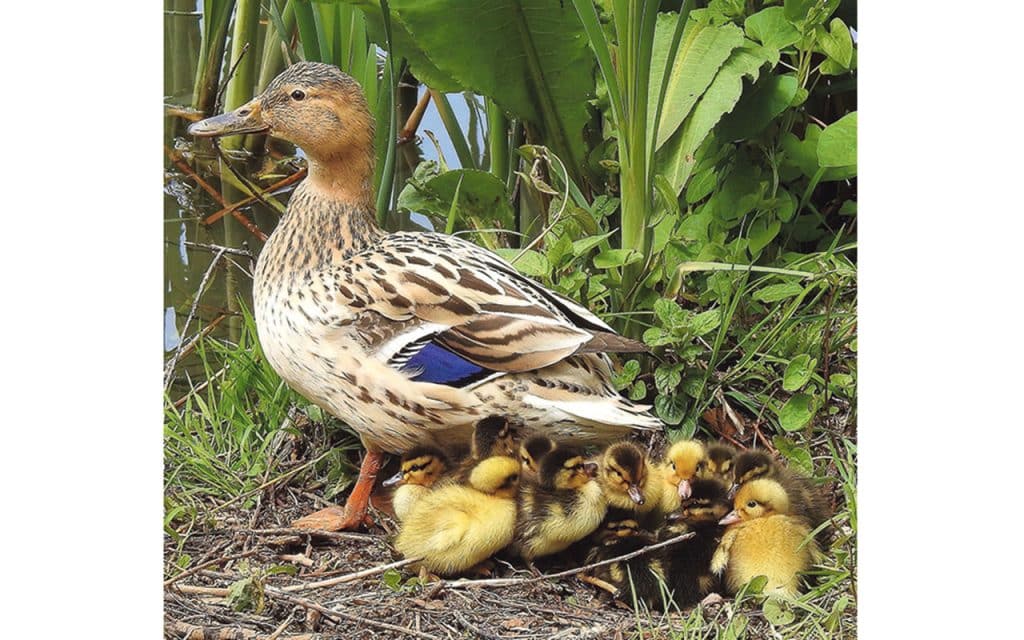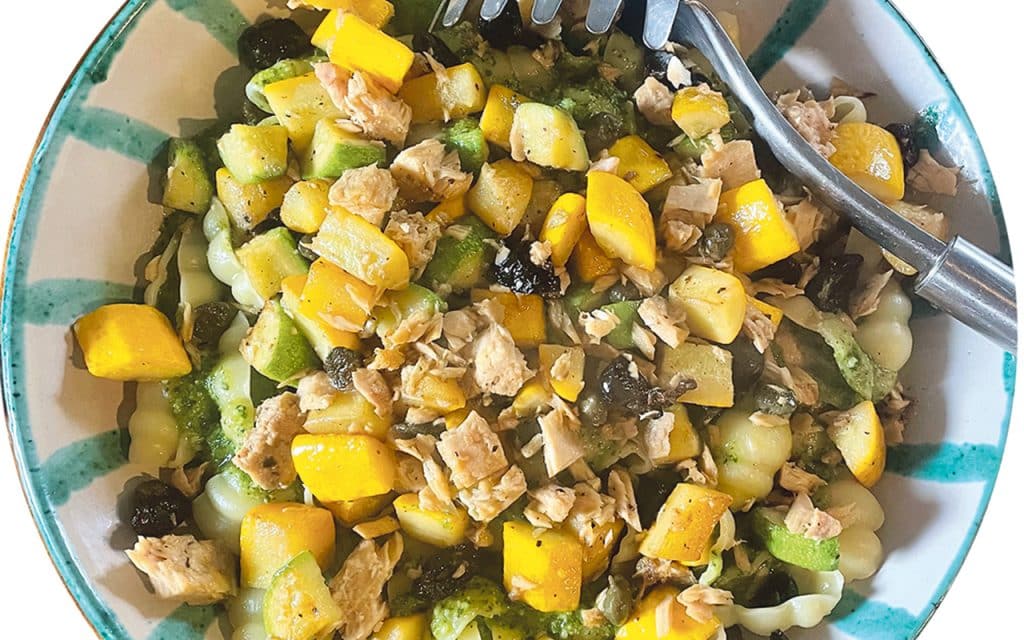This month, branch committee member Mark Loughrey lauds the mallard.
There is an old Irish saying that goes: ‘An rud is annamh is iontach’. It means ‘what is seldom is wonderful’. This is certainly true in the bird world. The elusive penduline tit that was spotted in Macroom a few years back caused quite a stir. The same can be said for the yellow-crowned night heron that was blown off course and landed in Co. Mayo last year. And more recently, the small avalanche of hoopoes that arrived on the south coast brought with them a touch of the exotic. But although these seldom-seen species cause a small frenzy among birdwatchers, it is important to remember that there is beauty and wonder to be found in our more everyday birds too.

I grew up near a stretch of the Grand Canal. I became familiar with the terrain there, in particular the avifauna (birdlife) that called the canal home. I was most intrigued by the ducks. Ducks-in-a-row, a lame duck, water off a duck’s back – there is seemingly no end to the idioms and phrases that have developed around ducks. My favourite duck, indeed one of my favourite birds more generally, is the mallard (Anas platyrhynchos). Mallards are a common sight on shallow waterways throughout the country and were a constant companion on my frequent visits to the canal. They busied themselves feeding on water plants, seeds and insects, mostly from the water’s surface. For this reason, they are often termed ‘dabbling ducks’ but, occasionally, they would bob a little deeper in the search for food – a practice known as ‘upending’. They were also grateful for whatever titbits I threw their way from my lunchbox.
Large numbers of mallards live in Ireland all year round and more join them to escape the colder climates of places like Iceland and Russia each winter. Males are unmistakeable with a brilliant, iridescent green head that is separated from a chocolate brown breast by a white ring. They also possess a yellow beak and grey undercarriage and, when mature, sport a curled tail feather known as a ‘drake feather’. Females are largely brown in colour with a less vibrant beak and dark eye stripe. It is the female that emits the stereotypical ‘quack’ while males emit a quieter ‘wheep’ sound. Both sexes have a small blue section of wing feathers known as a speculum, which is particularly visible in flight.
You could be forgiven for thinking that male Mallards migrate each year, because they become difficult to spot in the summertime; I certainly often wondered where they had gone. However, I soon discovered that each year, typically in June, the male moults or sheds its distinctive coloured plumage and begins to resemble the female. This new plumage, known as ‘eclipse plumage’, essentially overshadows or eclipses the males’ distinctive colouring until September. His new toned-down ‘outfit’ makes him less visible to predators or, to revert to one of our phrases and idioms, less of a ‘sitting duck’. This is important considering that during the moult the mallard is flightless for a period of weeks.
Mallards usually nest on the ground and, like all ground-nesting birds, they are vulnerable to predation by the likes of foxes. They are also vulnerable to disturbance by humans and by dogs. I’m careful to keep my dogs on a leash when walking in wetlands as a result. A mallard will lay up to a dozen eggs. Only the female incubates the eggs and she will pluck feathery down from her breast to help blanket and keep the clutch warm. It is vital that the female remains out of sight while sitting on her eggs and this explains why her plumage is less showy than the male; this trend is true of many bird species. Incubation takes approximately one month and, after hatching, ducklings leave the nest almost at once. They will be able to fly in less than two months. The sight of the female mallard leading her chicks from the nest to the water’s edge is really something. She will fearlessly guide the ducklings through whatever dangers lie in the way, footpaths and roadways included, and it is this phenomenon that provided the inspiration for the bestselling children’s book ‘Make Way for Ducklings’.
And the humble duck hasn’t just provided the inspiration for children’s literature. I recently spotted a paint colour called ‘Mallard Green’ in my local hardware shop. Did it do justice to the luminous beauty of the Mallard’s green head? I’ll let you be the judge of that should you come across it yourself.
BirdWatch Ireland West Cork Branch News
The next Branch outing is to Sherkin Island on Sunday, July 20, 2025.
Visit our website www.birdwatchirelandwestcork.ie for more information about these events. To receive news and reminders about our events join our mailing list by sending an email to mailinglist@birdwatchirelandwestcork.ie. For more information about the Branch, contact Fiona O’Neill at secretary@birdwatchirelandwestcork.ie.
FB @BirdWatchIrelandWestCorkT
X@BWIWestCork


